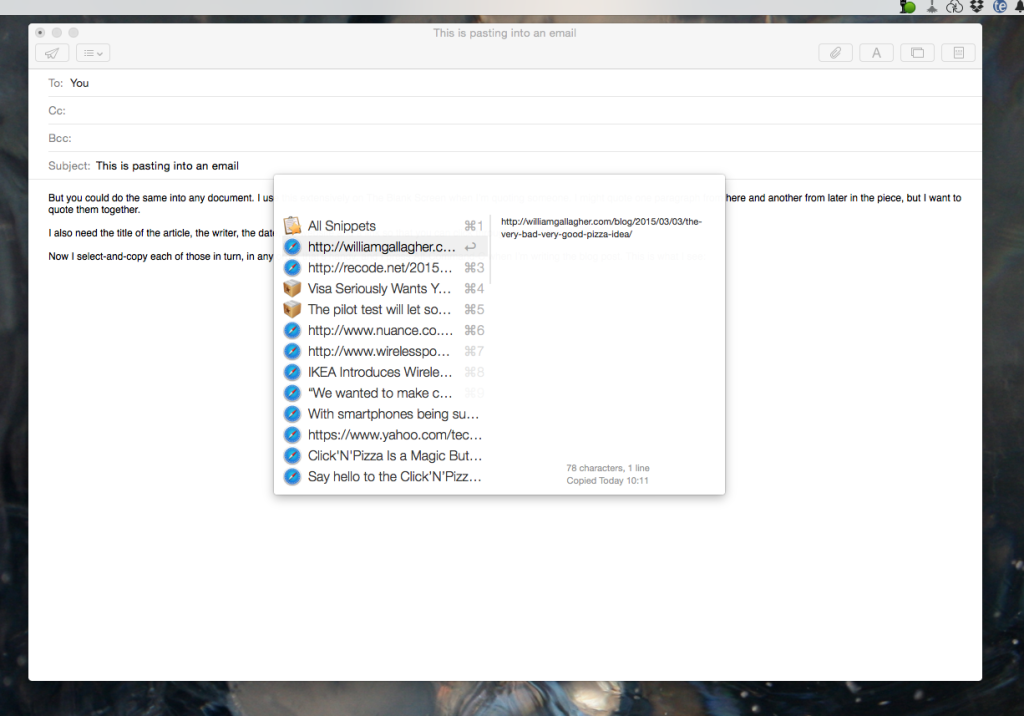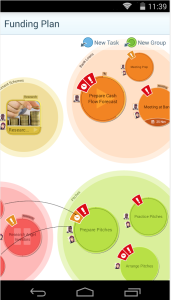(From The Blank Screen newsletter, free on Fridays – sign up now)
You work for yourself You do. I don’t care if you report to a manager and you turn up every day to the Acme factory line, you work for yourself. Act like you do because it will help your productivity – and act like you do work for yourself because you do work for yourself.
The good thing about fulltime employment – I’m guessing here because I’m freelance and haven’t had one fulltime post in 20 years – is that you do get to relax a bit. Don’t. You’re there to work and you are there to learn, to get value out of your company and be of value to it.
Nobody employs you because they’re nice. Hopefully they are but you earned your job there and it is costing them. A rule of thumb is that your salary is about half what it costs a company to employ you. (On top of the money you take home there is that much again the cost of hiring and tax and insurance and health and providing the equipment you need to do your job. The figure falls down the more you get paid but on average, roughly, kinda, that’s the sum we’re talking about.)
If you’ve done enough today to make you a bargain for them, then barring calamitous company misfortunes, your job is safe.
What I’m concerned about is how much you’ve got from the company. Firms don’t owe you anything but your salary and presumably they’re paying you that. But is what you’re doing valuable to you? Are you enjoying it and is it stretching you, growing you? We are not in a world where you can just walk out of a job if it isn’t, but you can look to see if it is and you can change things if it ain’t.
Don’t wait to be told what to do by a manager. Do what you’re there for and what you know how to do, then look for more. They’ll love you for all those words like initiative and discipline but you’ll love it for how it makes your job more interesting.
Plus, taking charge of what you do at your job helps you take charge of your career. And remember, you work for yourself. I’ve mentioned this. You’re just choosing to work with this firm for now. You have to keep earning your place there but the firm needs to keep earning its place having you.
This is all on my mind because I read some article saying that employees today need much more reassurance and appraisals than they did before. It’s on my mind because I had to make a fairly big business purchase decision and I realised that after 20 years I am still looking for permission from someone to do what I need to do.
That’s the curse of being a writer, though: we secretly believe someone is going to come along and stop us.

